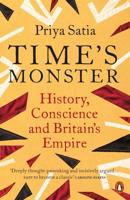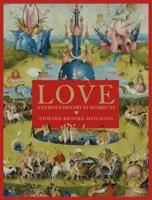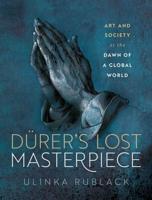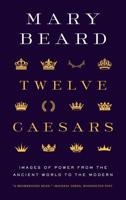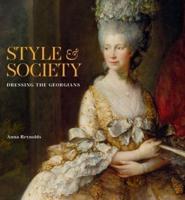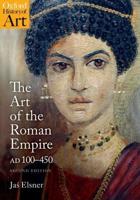Publisher's Synopsis
A study of Atlantic slavery generated by the visual arts. It considers in detail four "sites" which have generated particularly influential imagery: the middle passage; flight/escape; slave torture/punishment; and the popular imagery which evolved around Stowe's classic abolition text, "Uncle Tom's Cabin".;Abolition exploded in the 1780s as an international propaganda movement. From then on until the end of the Civil War the slavery debate generated a deluge of materials. Every conceivable visual resource was drawn upon, including paintings, sculptures, prints, textiles, maps, ceramics, jewellery, needlework, "tableaux vivantes", and theatrical performance. Different forms require different ways of reading and this text is, of necessity, theoretically experimental and essentially interdisciplinary. Developments in trauma theory, Holocaust studies, Diaspora studies, even cartography, are drawn upon. The book thinks about how the West has remembered slavery through its visual art, but beyond this it demands that we reconsider how slavery is culturally constructed in the West now. The study consequently ends by asking what institutions, rituals, narratives and images we have decided are the "right" way of remembering slavery.





